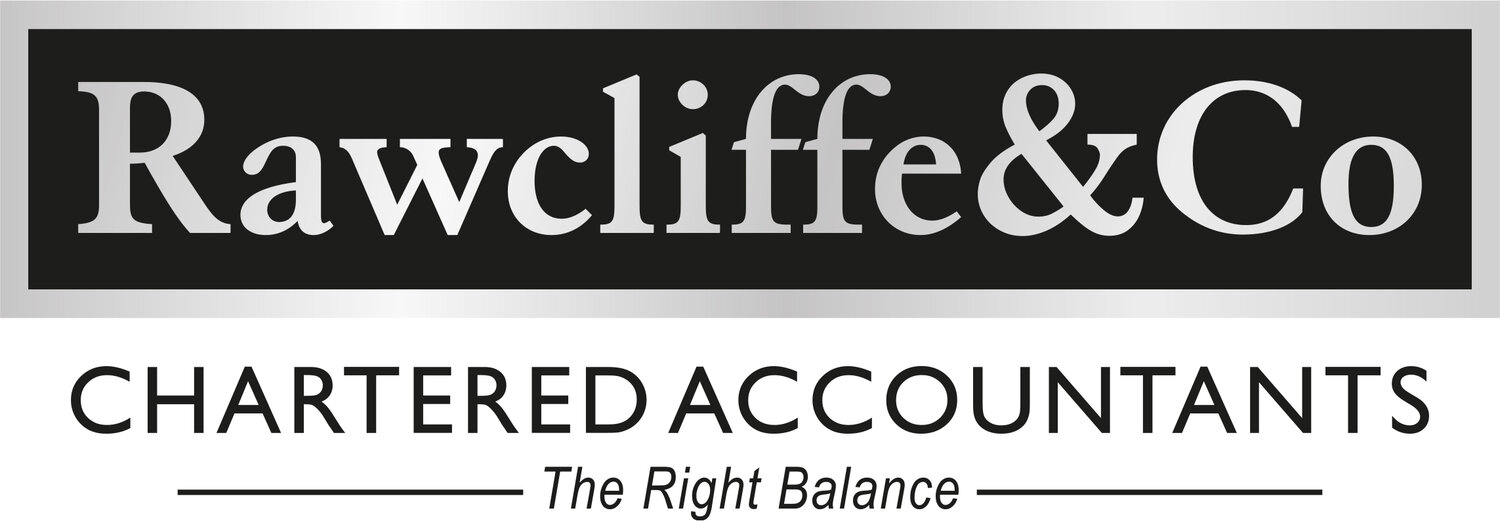NEW GUIDANCE LAUNCHED TO HELP GET US SAFELY BACK TO WORK
The Government has published guidance for employers to help them get their businesses back up and running and workplaces operating safely.
New ‘COVID-19 secure’ guidelines are available to UK employers to help them get their businesses back up and running and workplaces operating as safely as possible.
The government has consulted approximately 250 stakeholders in preparing the guidance. It has been developed with input from firms, unions, industry bodies and the devolved administrations in Northern Ireland, Scotland and Wales and in consultation with Public Health England (PHE) and the Health and Safety Executive (HSE), to develop best practice on the safest ways of working across the economy, providing people with the confidence they need to return to work.
The new guidance covers 8 workplace settings which can be open, from outdoor environments and construction sites to factories and takeaways.
5 Key Points
This sets out practical steps for businesses focused on 5 key points, which should be implemented as soon as it is practical:
1. Work from home, if you can
All reasonable steps should be taken by employers to help people work from home. But for those who cannot work from home and whose workplace has not been told to close, the message is clear: you should go to work. Staff should speak to their employer about when their workplace will open.
2. Carry out a COVID-19 risk assessment, in consultation with workers or trade unions
This guidance operates within current health and safety employment and equalities legislation and employers will need to carry out COVID-19 risk assessments in consultation with their workers or trade unions, to establish what guidelines to put in place. If possible, employers should publish the results of their risk assessments on their website and we expect all businesses with over 50 employees to do so.
3. Maintain 2 metres social distancing, wherever possible
Employers should re-design workspaces to maintain 2 metre distances between people by staggering start times, creating one-way walk-throughs, opening more entrances and exits, or changing seating layouts in break rooms.
4. Where people cannot be 2 metres apart, manage transmission risk
Employers should investigate putting barriers in shared spaces, creating workplace shift patterns or fixed teams minimising the number of people in contact with one another, or ensuring colleagues are facing away from each other.
5. Reinforcing cleaning processes
Workplaces should be cleaned more frequently, paying close attention to high-contact objects like door handles and keyboards. Employers should provide hand-washing facilities or hand sanitisers at entry and exit points.
A downloadable notice is included in the documents, which employers should display in their workplaces to show their employees, customers, and other visitors to their workplace, that they have followed this guidance.
You will find this notice on each individual section below.
The guidance covers:
Construction and other outdoor work
Guidance for people who work in or run outdoor working environments.
- Guidance: https://assets.publishing.service.gov.uk/media/5eb961bfe90e070834b6675f/working-safely-during-covid-19-construction-outdoors-110520.pdf
- Poster: https://assets.publishing.service.gov.uk/media/5eb959f5e90e0708370f97f9/staying-covid-19-secure.pdf
Factories, plants and warehouses
Guidance for people who work in or run factories, plants and warehouses.
- Guidance: https://assets.publishing.service.gov.uk/media/5eb965d5d3bf7f5d3c74a2dd/working-safely-during-covid-19-factories-plants-warehouses-110520.pdf
- Poster: https://assets.publishing.service.gov.uk/media/5eb963fcd3bf7f5d39550303/staying-covid-19-secure.pdf
Labs and research facilities
Guidance for people who work in or run indoor labs and research facilities and similar environments.
- Guidance: https://assets.publishing.service.gov.uk/media/5eb9752086650c2799a57ac5/working-safely-during-covid-19-labs-research-facilities-110520.pdf
- Poster: https://assets.publishing.service.gov.uk/media/5eb9745a86650c2794d7501c/staying-covid-19-secure.pdf
Offices and contact centres
Guidance for people who work in or run offices, contact centres and similar indoor environments.
- Guidance: https://assets.publishing.service.gov.uk/media/5eb97e7686650c278d4496ea/working-safely-during-covid-19-offices-contact-centres-110520.pdf
- Poster: https://assets.publishing.service.gov.uk/media/5eb97d30d3bf7f5d364bfbb6/staying-covid-19-secure.pdf
Other people's homes
Guidance for people working in, visiting or delivering to other people's homes.
- Guidance: https://assets.publishing.service.gov.uk/media/5eb967e286650c2791ec7100/working-safely-during-covid-19-other-peoples-homes-110520.pdf
- Poster: https://assets.publishing.service.gov.uk/media/5eb966c8d3bf7f5d3e24afb7/staying-covid-19-secure.pdf
Restaurants offering takeaway or delivery
Guidance for people who work in or run restaurants offering takeaway or delivery services.
- Guidance: https://assets.publishing.service.gov.uk/media/5eb96e8e86650c278b077616/working-safely-during-covid-19-restaurants-takeaway-delivery-110520.pdf
- Poster: https://assets.publishing.service.gov.uk/media/5eb96e36d3bf7f5d4043931f/staying-covid-19-secure.pdf
Shops and branches
Guidance for people who work in or run shops, branches, stores or similar environments.
- Guidance: https://assets.publishing.service.gov.uk/media/5eb9703de90e07082fa57ce0/working-safely-during-covid-19-shops-branches-110520.pdf
- Poster: https://assets.publishing.service.gov.uk/media/5eb97021d3bf7f5d43765cbf/staying-covid-19-secure.pdf
Vehicles
Guidance for people who work in or from vehicles.
Including couriers, mobile workers, lorry drivers, on-site transit and work vehicles, field forces etc.
- Guidance: https://assets.publishing.service.gov.uk/media/5eb96cd6d3bf7f5d3a907e58/working-safely-during-covid-19-vehicles-110520.pdf
- Poster: https://assets.publishing.service.gov.uk/media/5eb96c67e90e07083cd8a46b/staying-covid-19-secure.pdf
HEALTH AND WELL-BEING OF THE ADULT SOCIAL CARE WORKFORCE
The Government has issued advice for those working in adult social care on managing your mental health and how employers can take care of the well-being of their staff during the coronavirus outbreak.
The Rawcliffe & Co team is available via phone or email Monday to Thursday 9-5pm and 9 – 4:30pm on Fridays.
Tel: 01253 798812
Email: info@rawcliffeco.com
